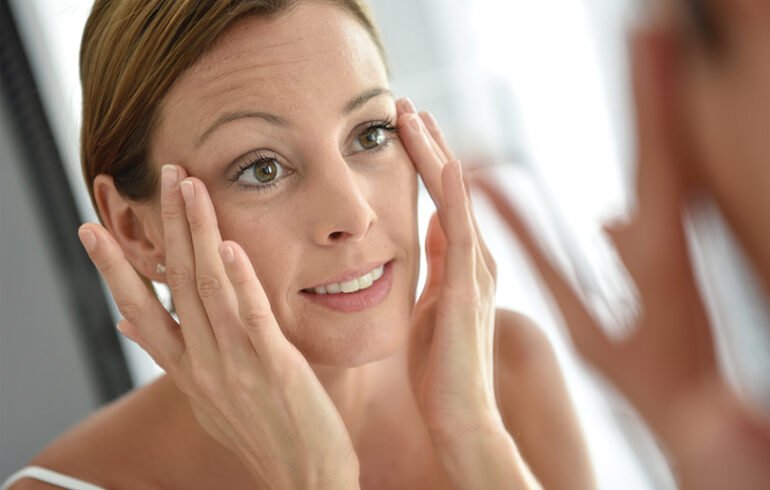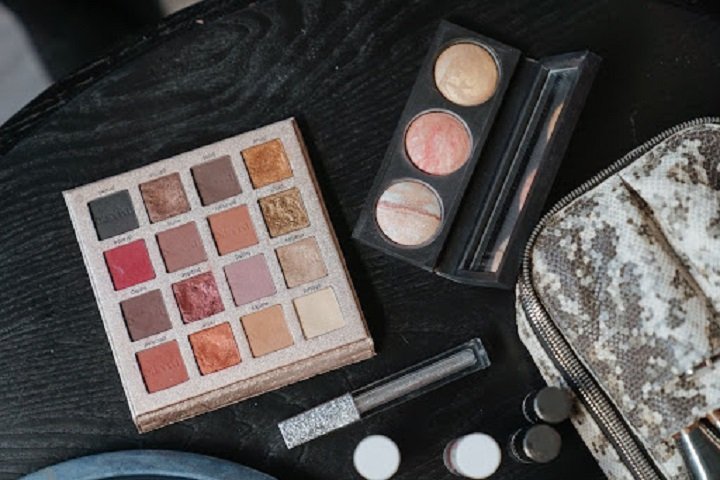Retinol has become a popular ingredient in the world of skincare, particularly for its powerful anti-aging benefits. However, if you’re new to using retinol anti-ageing cream, it’s essential to approach it carefully to maximise its effectiveness while minimising potential side effects. In this article, we’ll explore various tips and tricks for beginners to help you incorporate retinol into your skincare routine safely and effectively.
Understanding Retinol and Its Benefits
Before diving into the tips and tricks, it’s important to understand what retinol is and why it’s so beneficial for the skin. Retinol is a derivative of Vitamin A and is renowned for its ability to accelerate skin cell turnover. This process helps in reducing the appearance of fine lines, wrinkles, and hyperpigmentation, making the skin look smoother and more youthful.
Retinol works by stimulating collagen production, which is crucial for maintaining skin elasticity. Additionally, it helps to unclog pores, making it a popular choice for those who suffer from acne. Retinol serum for the face is also known for its ability to improve skin texture, reduce the visibility of pores, and give the skin a more even tone.
Tips and Tricks for Beginners Using Retinol Anti-Aging Cream
- Start Slowly: One of the most important tips for beginners is to start slow. Retinol is a potent ingredient, and your skin needs time to adjust to it. Begin by applying your retinol anti-aging cream once or twice a week, and gradually increase the frequency as your skin becomes accustomed to the product. This approach helps to minimise irritation and allows your skin to build tolerance over time.
- Choose the Right Concentration: Retinol products come in different concentrations, typically ranging from 0.01% to 1%. For beginners, it’s advisable to start with a lower concentration, such as 0.01% or 0.03%. Starting with a lower concentration reduces the risk of irritation and gives your skin time to adapt to the retinol. As your skin becomes more tolerant, you can gradually move up to higher concentrations if needed.
- Incorporate Retinol into Your Night Routine: Retinol is best used in the evening because it can make your skin more sensitive to sunlight. Apply your retinol anti-aging cream or retinol serum for the face at night after cleansing and before moisturising. This allows the retinol to work effectively while you sleep, repairing and rejuvenating your skin.
- Patch Test Before Full Application: If you’re new to retinol, it’s wise to conduct a patch test before applying it to your entire face. Apply a small amount of the cream or serum to a discreet area, such as behind your ear or on your wrist, and wait 24 hours to see if any irritation occurs. This precaution can help you avoid a full-face reaction if your skin is sensitive to retinol.
- Use a Pea-Sized Amount: When it comes to retinol, a little goes a long way. You only need a pea-sized amount to cover your entire face. Using too much retinol can increase the risk of irritation and dryness. Start with a small amount and apply it evenly across your face, avoiding the eye area, as the skin there is more delicate and prone to irritation.
- Moisturise Well: Retinol can sometimes cause dryness and flakiness, especially in the early stages of use. To counteract this, ensure that you are using a good moisturiser after applying your retinol anti-aging cream. Look for a moisturiser that is hydrating and soothing, containing ingredients like hyaluronic acid or glycerin, which help to lock in moisture and keep your skin hydrated.
- Avoid Using Retinol with Other Active Ingredients: Retinol is a powerful active ingredient, and combining it with other strong actives can increase the risk of irritation. For beginners, it’s best to avoid using retinol in conjunction with other exfoliating or potentially irritating ingredients, such as alpha hydroxy acids (AHAs), beta hydroxy acids (BHAs), or vitamin C. Once your skin has adjusted to retinol, you can gradually reintroduce these ingredients into your routine, but it’s important to do so cautiously.
- Always Use Sunscreen: Because retinol increases skin sensitivity to sunlight, it’s crucial to wear sunscreen during the day. Even if you’re using your retinol anti-aging cream at night, UV rays can still damage your skin the next day if it’s not protected. Choose a broad-spectrum sunscreen with at least SPF 30 and apply it generously every morning. This step is vital in preventing sun damage and ensuring that your skin remains healthy and youthful.
- Be Patient and Consistent: Results from retinol use don’t happen overnight. It typically takes several weeks to a few months to see noticeable improvements in your skin. Be patient and consistent with your application, as regular use is key to achieving the anti-aging benefits of retinol. If you experience initial irritation, don’t be discouraged—this is a common reaction that often subsides as your skin adjusts.
- Consider Retinol Alternatives if Necessary: If you find that retinol is too harsh for your skin, there are gentler alternatives available. Bakuchiol is a plant-based ingredient that offers similar anti-aging benefits to retinol but is less likely to cause irritation. You could also try a retinol serum for the face that is specifically formulated for sensitive skin, as these products often contain lower concentrations of retinol and additional soothing ingredients.
- Consult with a Dermatologist: If you’re unsure about incorporating retinol into your skincare routine, or if you have sensitive skin or specific skin concerns, it’s always a good idea to consult with a dermatologist. A skincare professional can recommend the right products and concentrations for your skin type and guide you through the process, ensuring that you use retinol safely and effectively.
Conclusion
Incorporating retinol into your skincare routine can be a game-changer for your skin’s health and appearance, especially when it comes to anti-aging. By following these tips and tricks, beginners can navigate the introduction of retinol anti-aging cream or retinol serum for the face with confidence, ensuring that they reap the full benefits while minimising any potential side effects. Remember, patience and consistency are key, and always listen to your skin’s needs as you begin this powerful skincare journey.






